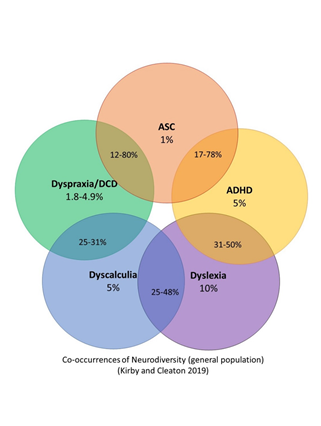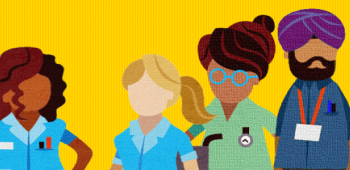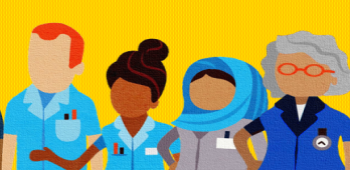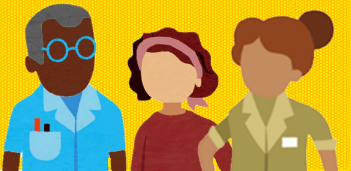What is Neurodiversity?
'Neurodiversity' refers to the natural diversity in human brains.

Neurodivergence is the term for when someone's brain processes, learns, and/or behaves differently from what is considered "typical". Some neurodivergent conditions include:
- Dyslexia
- Dyspraxia (also called Developmental Coordination Disorder, or DCD)
- Dyscalculia
- Attention Deficit Hyperactivity Disorder (ADHD)
- Autism Spectrum Condition (ASC).
These conditions very often co-occur and many symptoms overlap, as shown in the diagram on the right.
Neurodivergent groups may be more highly represented in Health and Social care Professions than the general population.
There are many strengths in neurodiversity.








